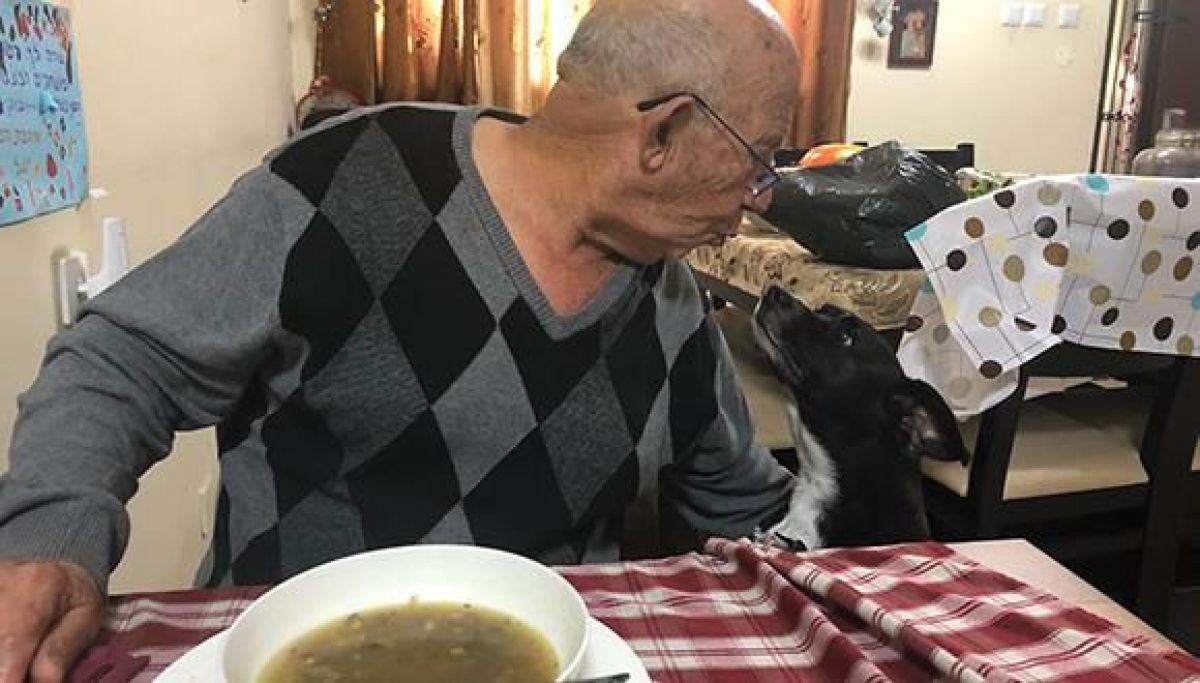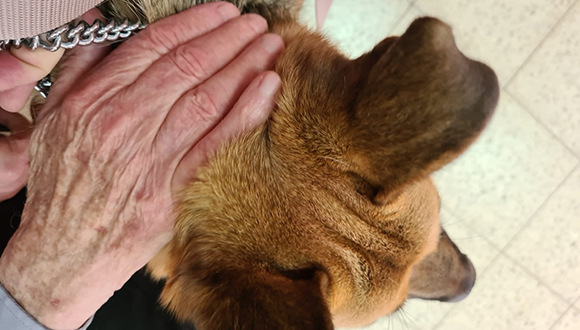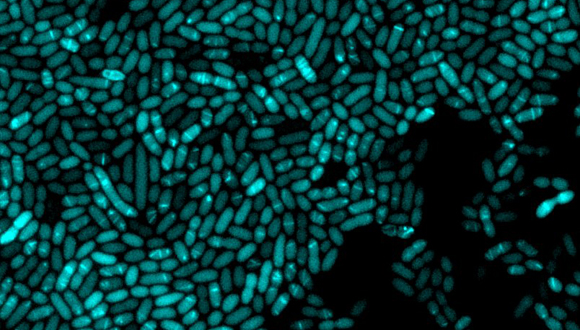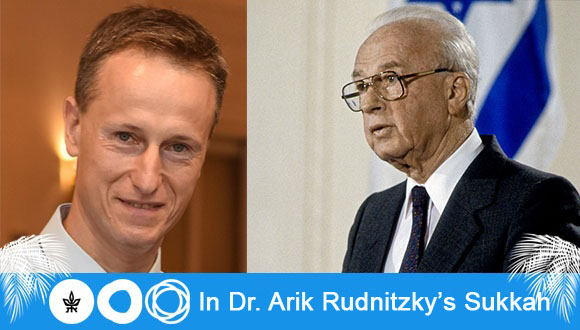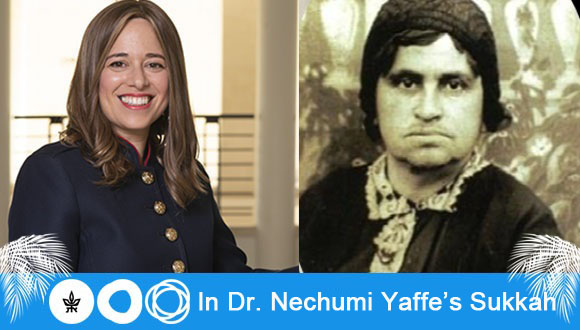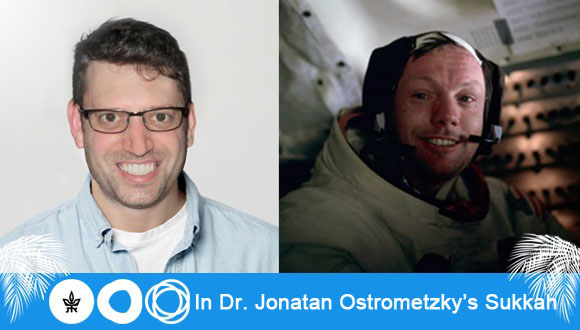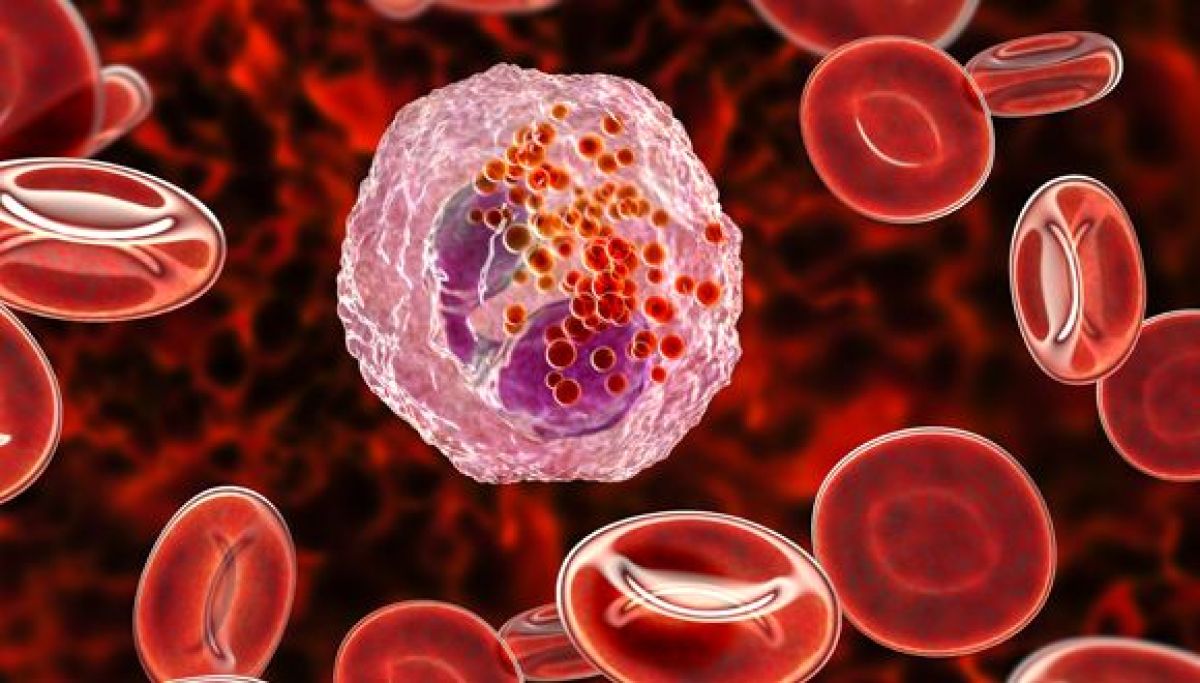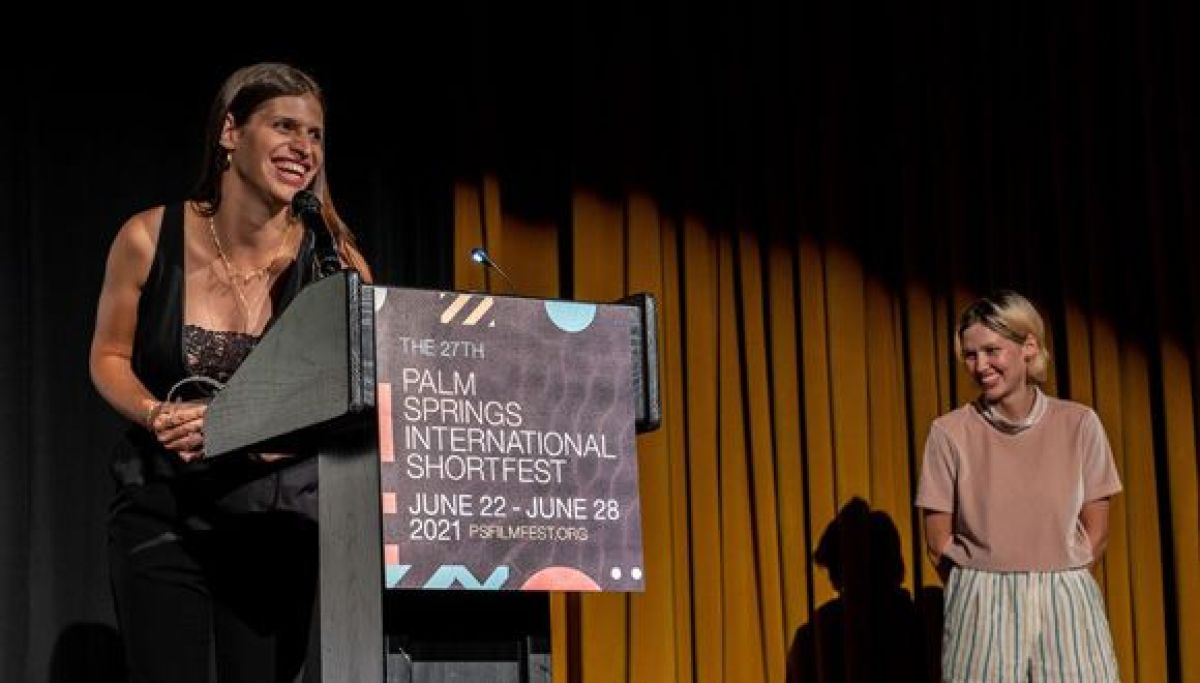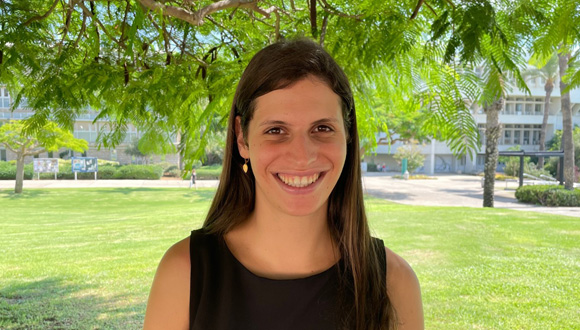Why Do We Squabble Over The AC?
New study reveals the evolutionary reason why women feel colder than men.
Why do women typically bring a sweater into work while their male counterparts feel comfortable wearing short sleeves in an air-conditioned office? Researchers at Tel Aviv University’s School of Zoology offer a new evolutionary explanation for the familiar scenario and can share that this phenomenon is not unique to humans, with many male species of endotherms (birds and mammals) preferring a cooler temperature than the females. The researchers propose that males and females feel temperature differently, explaining that this is a built-in evolutionary difference between the heat-sensing systems of the two sexes, related, among other things, to the reproduction process and caring for offspring.
The study was led by Dr. Eran Levin and Dr. Tali Magory Cohen from the School of Zoology and the Steinhardt Museum of Natural History at Tel Aviv University, Yosef Kiat from the University of Haifa, and Dr. Haggai Sharon, a pain specialist from Tel Aviv University’s Sackler Faculty of Medicine and the Tel Aviv Sourasky Tel Aviv Medical Center (Ichilov Hospital). The article was published in the Journal Global Ecology and Biogeography.
Separation During Breeding Season
The new study included an in-depth statistical and spatial analysis of the distribution of dozens of bird and bat species living in Israel, along with a comprehensive review of the international research literature on the subject.
A study of the research literature reveals several examples of a similar phenomenon observed in many species of birds and mammals. In migratory bird species, males spend the winter in colder areas than females (it should be noted that in birds, the segregation between the sexes takes place outside of the breeding season, since the males participate in the raising of the chicks).
Amongst many mammals, even in species that live in pairs or in mixed groups all their lives, the males prefer shade whereas the females prefer sunlight, or the males ascend to the peaks of mountains while the females remain in the valleys.
Following the literature review, the researchers conducted their own research. They sampled information collected in Israel over the course of nearly 40 years (1981-2018) on thousands of birds from 13 migratory bird species from 76 sites (data from Birdlife Israel and the Steinhardt Museum of Natural History) and 18 species of bats from 53 sites (data from the researchers and the Society for the Protection of Nature.) In total, the study included more than 11,000 individual birds and bats, from Mount Hermon in the north to Eilat in the south.
The reasoning behind the choice of birds and bats for the study is the fact that they fly and are therefore highly mobile, and the researchers hypothesized that the spatial separation between the sexes – sometimes extending to different climatic zones – would be particularly clear in these groups. Moreover, Israel’s significant climate diversity allowed them to study individual animals of the same species that live in very different climatic conditions.

Illustrative Photo: Bats in Cave
The findings of the study clearly demonstrated that males prefer a lower temperature than females, and that this preference leads to a separation between the sexes at certain periods during the breeding cycles, when the males and females do not need, and may even interfere, with each other.
Dr. Levin: “Our study has shown that the phenomenon is not unique to humans; among many species of birds and mammals, females prefer a warmer environment than males, and at certain times these preferences cause segregation between the two species. In light of the findings, and the fact that this is a widespread phenomenon, we have hypothesized that what we are dealing with is a difference between the females and males’ heat-sensing mechanisms, which developed over the course of evolution. This difference is similar in its essence to the known differences between the pain sensations experienced by the two sexes, and is impacted by differences in the neural mechanisms responsible for the sensation and also by hormonal differences between males and females.”
Dr. Levin, who among other things studies the physiology and behavior of bats, noted in his previous studies that during the breeding season males and females tend to segregate, with the males inhabiting cooler areas. For example, entire colonies in caves on the slopes of Mount Hermon are composed of only males during the breeding season, while in the warmer area of the Sea of Galilee there are mainly females, who give birth and raise their pups there.
Dr. Magory Cohen notes that this difference has a number of evolutionary explanations. First, the separation between males and females reduces competition over resources in the environment, and keeps away males who may be aggressive and endanger the babies. Furthermore, many female mammals must protect their offspring at a stage when they are not yet able to regulate their body temperature on their own, so they developed a preference for a relatively warm climate.
Giving Each Other Some Space
The phenomenon can also be linked to sociological phenomena observed in many animals and even in humans; in a mixed environment of females and males the females tend to have much more physical contact between themselves, whereas males maintain more distance and shy away from contact with each other.
It appears the difference in thermal sensation did not come about so we can argue with our partners over the air conditioning. Rather, we are meant to give each other some space so that each person can enjoy some peace and quiet. Question is, who gets the couch?



